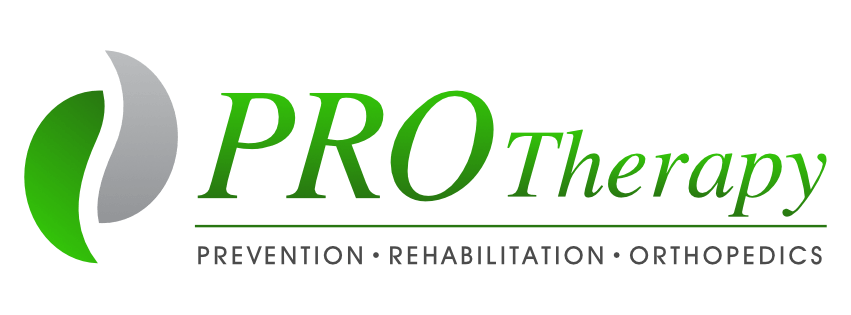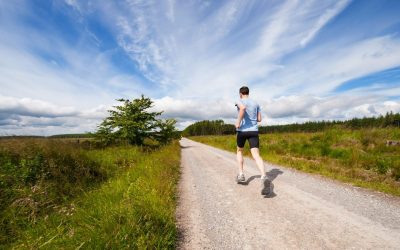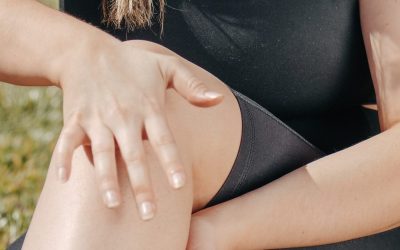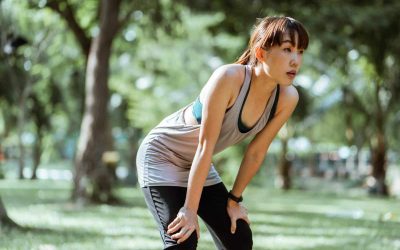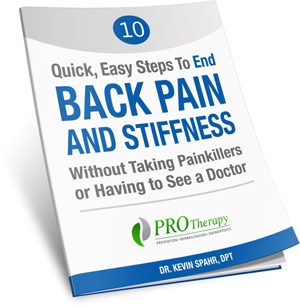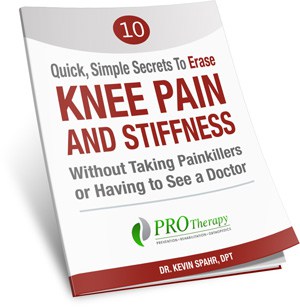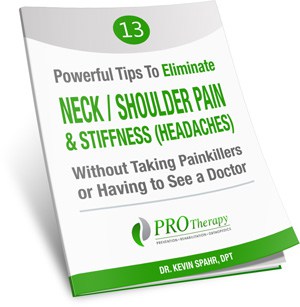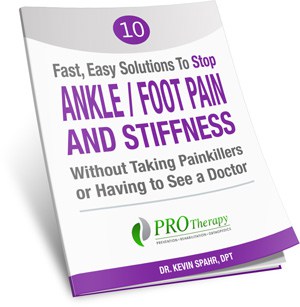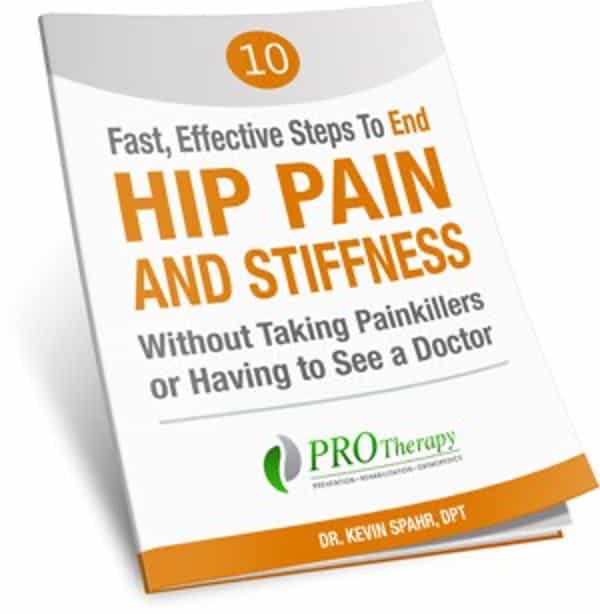In this Guide: Click the link to skip to a specific part.
- How an ACL Tear Happens (The 3 Main Causes)
- Symptoms: Do I need surgery?
- Preventing ACL Tears
- Who Is At Risk For a Torn ACL?
- The ACL Rehab Protocol: Our 4-Stage Physical Therapy Timeline
Experiencing an ACL tear can be a daunting setback, but with the right approach and guidance, it’s possible to come back stronger than ever. Physical therapy plays a crucial role in the rehabilitation process, helping individuals regain strength, mobility, and confidence after this common injury. In this blog, we’ll explore the ins and outs of a physical therapy program designed to facilitate ACL tear recovery and get you back to doing what you love.
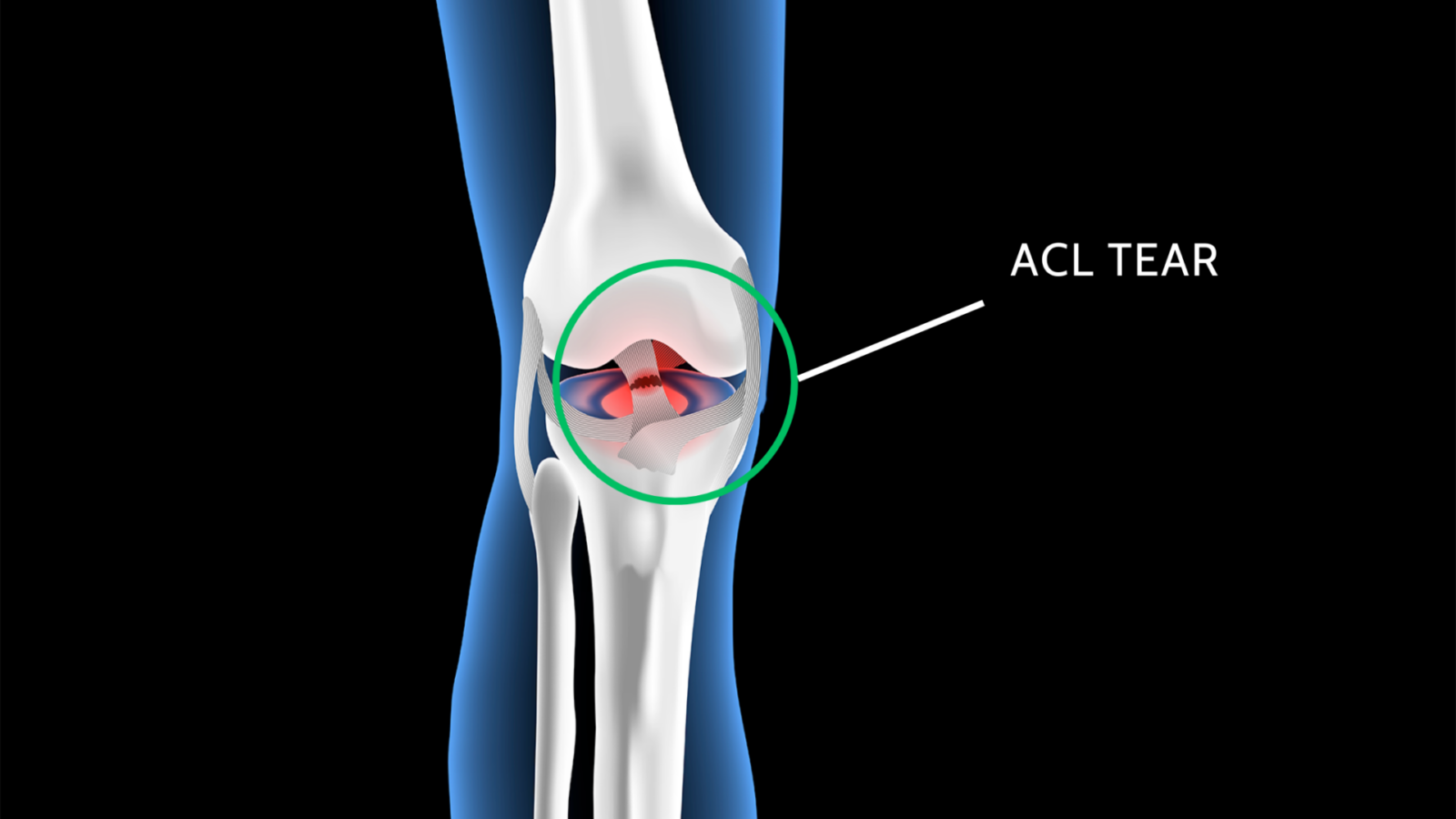
How an ACL Tear Happens (The 3 Main Causes)
The anterior cruciate ligament (ACL) is a major ligament in the knee, providing stability by connecting the thigh bone to the shin bone. Tears often occur during sudden, forceful movements and can happen with or without contact.
- Sudden, Non-Contact Movements (The Top Cause)
These are the most common ways the ACL tears, often in sports involving sudden pivots, stops, or changes in direction:
- Sudden Stops: Abruptly stopping or changing direction while running places excessive stress on the ligament.
- Twisting Motions: Twisting the knee while the foot remains planted, common in activities like skiing, basketball, or soccer.
- Jumping and Landing: Landing from a jump with poor technique or on an uneven surface can cause the knee to buckle.
- Direct Contact or Collisions
The ACL can also tear from contact injuries, such as:
- Collisions or tackles in high-impact sports (football, rugby).
- Hyperextension, where the knee is forcefully pushed beyond its normal range of motion.
- Everyday Accidents & Repetitive Stress
ACL tears aren’t exclusive to athletes. Non-sports-related injuries include:
- Accidents and Falls: Traumatic falls, like slipping on ice or falling from a height.
- Motor Vehicle Accidents: Significant forces applied to the knee during car or motorcycle collisions.
- Repetitive Stress: Jobs or activities involving repetitive bending, squatting, or lifting that gradually weaken knee structures.
Symptoms: Do I need surgery?
Immediate symptoms of an ACL tear include:
- Severe knee pain and rapid swelling.
- A loud pop or snapping sensation at the moment of injury.
- Instability in the knee, often described as the knee “giving out.”
- Difficulty putting weight on the affected leg.
The decision for surgery depends on the severity of the tear (partial vs. complete), the patient’s age, and their desired activity level. A physical therapist, along with a surgeon, is key to developing the optimal treatment plan—whether that involves pre-hab, surgery, or non-operative rehabilitation.Who Is At Risk For a Torn ACL?
- Sports Participation: Engaging in high-intensity sports that involve jumping, cutting, and pivoting increases the risk of ACL tears.
- Gender: Females are more prone than males due to anatomical, muscular, and hormonal factors.
- Muscle Imbalances: Weakness in surrounding muscles, particularly the quadriceps and hamstrings.
- Previous Injury: A history of knee injuries increases the likelihood of future tears.
Preventing ACL Tears
While not all tears can be completely prevented, you can significantly reduce your risk:
- Strength Training: Incorporate exercises like squats, lunges, and hamstring curls to improve stability.
- Proper Technique: Learn and practice correct landing and cutting techniques in sports.
- Warm-Up and Stretching: Use light cardio and dynamic stretching before physical activity.
- Bracing and Support: Utilize supportive braces or tape during sports activities if you have a history of instability.
- Cross-Training: Engage in a variety of activities to improve overall fitness and reduce repetitive stress on the knee.
The ACL also can tear from contact like collisions or tackles in sports such as football, rugby, or martial arts that result in a direct blow to the knee. Contact injuries also include hyperextension, when the knee is forcefully pushed beyond its normal range of motion.
However, ACL tears also happen to non-athletes outside of sports-related activities. Some examples of common non-sports reasons for ACL tears include:
- Accidents and Falls: Traumatic falls or accidents, such as slipping on ice, tripping on stairs, or falling from a height, can result in forces that cause the ACL to tear.
- Work-Related Injuries: Jobs that involve physical labor or working in environments with uneven surfaces, heavy machinery, or potential hazards can increase the risk of ACL injuries due to falls or sudden movements.
- Motor Vehicle Accidents: Car accidents or collisions involving motorcycles, bicycles, or other vehicles can subject the knee to significant forces, potentially leading to ACL tears.
- Repetitive Stress: Activities or occupations that involve repetitive bending, squatting, or lifting may gradually weaken the structures of the knee over time, increasing the risk of ACL injuries.
- Everyday Activities: Even routine activities such as stepping off a curb, twisting the knee while carrying heavy objects, or awkwardly landing after a jump during recreational activities can lead to ACL tears if the forces exerted on the knee exceed its capacity to withstand them.
While sports-related activities are a common context for ACL tears, it’s essential to recognize that these injuries can happen in various situations. Understanding the potential risks and taking precautions to protect the knees can help reduce the likelihood of ACL tears in both sports and everyday life.
Who Is At Risk For a Torn ACL?
The following are risk factors that contribute to the possibility of injuring the ACL.
- Sports Participation:Engaging in high-intensity sports that involve jumping, cutting, and pivoting increases the risk of ACL tears.
- Gender:Females are more prone to ACL tears than males, possibly due to differences in anatomy, muscle strength, and hormonal factors.
- Muscle Imbalances:Weakness or imbalance in the muscles surrounding the knee, particularly the quadriceps and hamstrings, can predispose individuals to ACL injuries.
- Previous Injury:Having a history of ACL tears or other knee injuries increases the likelihood of future ACL tears due to compromised knee stability.
Physical therapy is essential for both preventing ACL tears and optimal recovery.
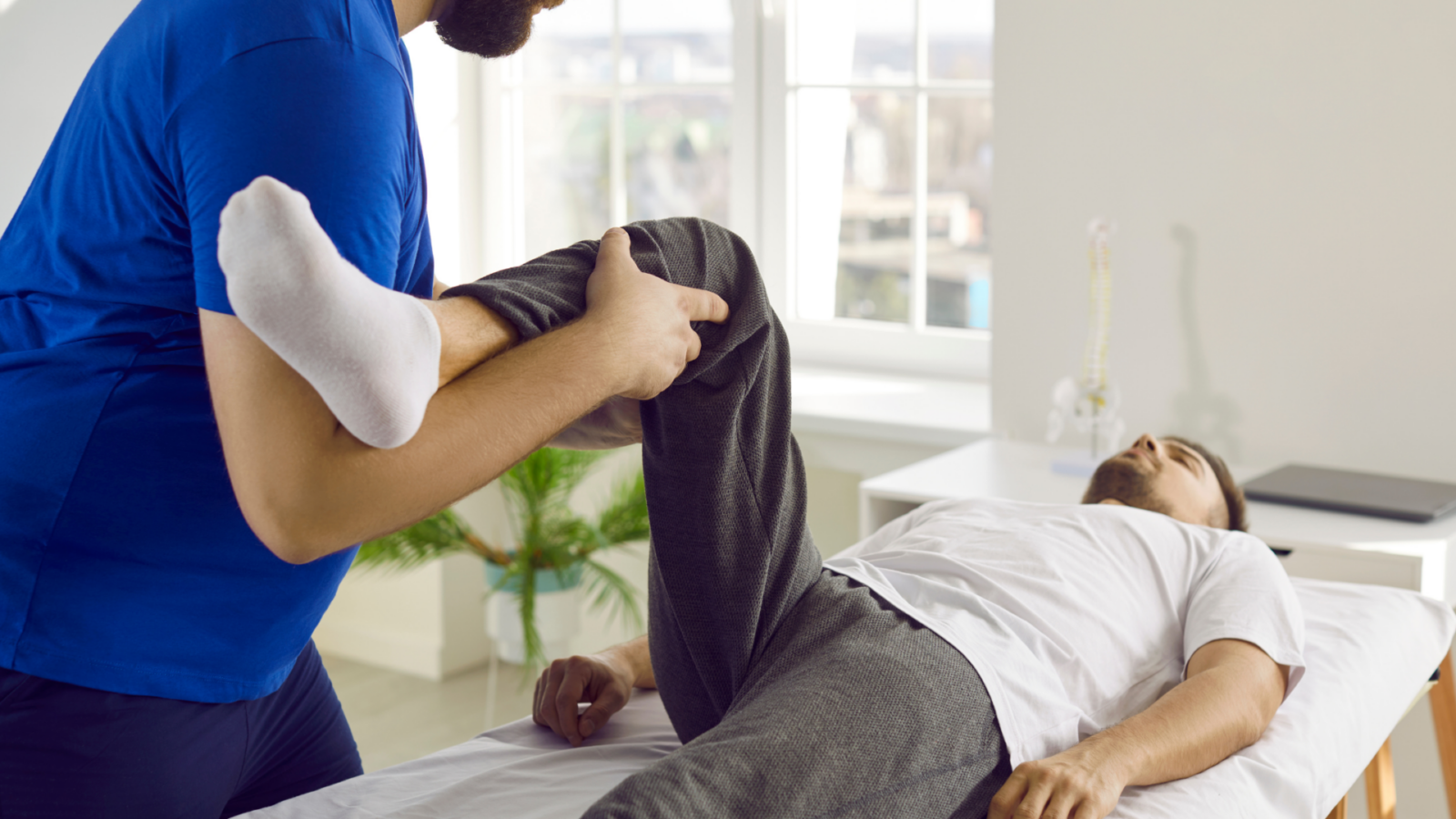
What Does ACL Rehab Look Like?
A comprehensive physical therapy program for post ACL surgery rehab consists of the following goals:
Pain Management
Initially, the focus is on reducing pain and inflammation through modalities such as ice, compression, and elevation.
Restoring Range of Motion
Gentle exercises and manual therapy techniques are used to improve flexibility and restore full range of motion in the knee joint.
Strengthening Muscles
Strengthening exercises target the muscles surrounding the knee, including the quadriceps, hamstrings, and calf muscles. Building strength in these muscles helps stabilize the knee and prevent future injuries.
Improving Balance and Proprioception
Balance and proprioception exercises are incorporated to enhance stability and coordination, reducing the risk of re-injury.
Functional Training
As recovery progresses, functional exercises are introduced to simulate real-life movements and activities, preparing the individual to return to their sport or daily activities safely.
The Physical Therapy Process and Timeline For ACL Tear Recovery
A timeline for recovery is unique to the patient, the severity of the injury, and the commitment to rehab. An ACL tear rehab physical therapy program consists of several phases:
- Acute Phase:In the initial stage, the focus is on reducing pain and swelling, protecting the knee, and regaining basic movement.
- Subacute Phase:As pain and swelling decrease, emphasis shifts to restoring range of motion, strength, and stability through targeted exercises and hands-on therapy.
- Intermediate Phase:During this phase, the focus is on progressive strengthening, balance training, and functional exercises to prepare for a return to sport or activity.
- Advanced Phase:In the final phase, the intensity and complexity of exercises increase, with a focus on sport-specific movements and agility drills to ensure readiness for full activity.
The Importance of Patient Education at PRO Therapy
Throughout the rehabilitation process, our commitment to patient education is paramount. Our physical therapists, all licensed Doctors of Physical Therapy, provide guidance on proper body mechanics, injury prevention strategies, and home exercises to supplement in-clinic sessions. By understanding your injury and the rehabilitation process, you can actively participate in your recovery and make informed decisions about your health.
Recovering from an ACL tear requires patience, dedication, and expert guidance. A tailored physical therapy program can make all the difference, helping you gain strength, mobility, and confidence following this challenging injury. By following a structured rehabilitation plan and staying committed to the process, you can bounce back stronger than ever and return to the activities you love with renewed vigor and resilience.
- Physical Therapy Programs for ACL Tear Recovery (And Prevention) - December 17, 2025
- Top Questions Women Ask About Pelvic Pain (But Are Too Afraid to Ask) - December 12, 2025
- Treating and Avoiding Hockey Injuries with Physical Therapy - November 26, 2025
